And though there are a hundred different ways to discuss the impact of what’s wrong with the world, art is one of the most poignant and, for many people, the most relatable without being preachy.
If you’re an art lover, or someone who enjoys pretty, scathing commentary, these 18 images are going to take your breath away.
18. Well, that’s an awful image to consider.
17. Why have we let governments do this to people forever?
16. There won’t be anything else for penguins to live on, soon.
15. My heart is breaking.
14. I’d like to be able to break this addiction, myself.
13. How often do we stop and wonder what the other person is thinking?
12. And everyone loves turtles, you know?
11. Heartbreaking to think of what’s happening in the Arctic.
10. I wonder how many people would notice?
9. A few companies have recently vowed to stop these practices – about time.
8. It’s not subtle but it does make its point.
7. You wouldn’t do that, would you?
6. How much stuff do we need, really?
5. Another one that’s straight to the point.
4. They need us as much as we need them.
3. There’s more than one way to do almost everything.
2. Talk to your neighbors.
1. A literal representation of the Earth in a few short years.
These illustrations definitely did their job because they made me think (and also feel sad and guilty and like it’s time to do something – past time).
If you loved them, make sure and follow the artist – Steffan Kraft, who also goes by the name Iconeo – on Instagram and Facebook.
How did they make you feel? We’d love to hear about it!
The post This Artist Uses Illustrations to Try to Tackle Some of Society’s Problems appeared first on UberFacts.
 #iconeo #globalwarming #climatechange #climatechangeisreal #polarbear #arctic #climateaction #animallovers #motherearth #illustrationartists #illustratorsoninstagram #vectorart #vectorillustration #picame #streetartglobe #simplycooldesign #supplyanddesign #thedesigntip #antarctica #bear #graphicroozane #creativehappylife #creativeart #creativeminds
#iconeo #globalwarming #climatechange #climatechangeisreal #polarbear #arctic #climateaction #animallovers #motherearth #illustrationartists #illustratorsoninstagram #vectorart #vectorillustration #picame #streetartglobe #simplycooldesign #supplyanddesign #thedesigntip #antarctica #bear #graphicroozane #creativehappylife #creativeart #creativeminds #shoppingqueen #consumption #consumelocal #capitalism #cocaine #drugsdontwork #wasteofmoney #moneymaker #moneymoneymoney #iconeo #minimalism #lessismore #buylocal #streetart #ethicallymade #streetartglobe #thedesigntip #picame #illustrationartists #illustratorsoninstagram #creativehappylife #creativeart #creativeminds #awareness #mindfulliving #zerowaste
#shoppingqueen #consumption #consumelocal #capitalism #cocaine #drugsdontwork #wasteofmoney #moneymaker #moneymoneymoney #iconeo #minimalism #lessismore #buylocal #streetart #ethicallymade #streetartglobe #thedesigntip #picame #illustrationartists #illustratorsoninstagram #creativehappylife #creativeart #creativeminds #awareness #mindfulliving #zerowaste Please, don‘t forget to credit me when you share it (with @iconeo in the caption). Thanks
Please, don‘t forget to credit me when you share it (with @iconeo in the caption). Thanks  #iconeo #samethoughts #helpinghand #helpinghands #thoughtful #awareness #empathy #courage #moralcourage #illustrationartist #makeartnotwar #artivist #ecodesign #graphicart #contemporaryart #dontlookaway #socialwork #artgallery #ethical #adobeillustrator #illustration #illustrator #comicart #streetart #designstudio
#iconeo #samethoughts #helpinghand #helpinghands #thoughtful #awareness #empathy #courage #moralcourage #illustrationartist #makeartnotwar #artivist #ecodesign #graphicart #contemporaryart #dontlookaway #socialwork #artgallery #ethical #adobeillustrator #illustration #illustrator #comicart #streetart #designstudio #penguin #iconeo #penguins #globalwarming #climateaction #animalillustration #graphicart #vectorillustration #illustrationartists #illustrationart #picame #supplyanddesign #simplycooldesign #leonardodicapriofoundation #nationalgeographic #greenpeace #sustainability #illustrator #illustration #contemporaryart #creativehappylife #vaniladesign #thedesigntip #behance #artistsofig
#penguin #iconeo #penguins #globalwarming #climateaction #animalillustration #graphicart #vectorillustration #illustrationartists #illustrationart #picame #supplyanddesign #simplycooldesign #leonardodicapriofoundation #nationalgeographic #greenpeace #sustainability #illustrator #illustration #contemporaryart #creativehappylife #vaniladesign #thedesigntip #behance #artistsofig I do. #aliens #extraterrestrial #ufo #invisible #iconeo #illustratorsofinstagram #artiststudio #artistsofig #creativeminds #creativehappylife #creativeart #picame #thedesigntip #society #simplycooldesign #supplyanddesign #vaniladesign #illustree #behance #graphicart #illustration #art #designstudio #design #vectorart #vectorillustration #alien #modernlife #streetartglobe #artfido
I do. #aliens #extraterrestrial #ufo #invisible #iconeo #illustratorsofinstagram #artiststudio #artistsofig #creativeminds #creativehappylife #creativeart #picame #thedesigntip #society #simplycooldesign #supplyanddesign #vaniladesign #illustree #behance #graphicart #illustration #art #designstudio #design #vectorart #vectorillustration #alien #modernlife #streetartglobe #artfido Litter dropped on the street doesn‘t stay there. Rainwater and wind carries plastic waste into streams and rivers.
Litter dropped on the street doesn‘t stay there. Rainwater and wind carries plastic waste into streams and rivers.  #plasticpollution #iconeo #plasticfree #plasticocean #oceancleanup #oceanart #ocean #plastic #strawlessocean #stopsucking #contemporaryart #zerowaste #sustainability #creativehappylife #illustrationartists #illustrator #illustration #illustrationart #illustrationartist #fish #aquarium #aquariumlife #fishlife #artfido #graphicart #ecodesign #picame #artistsagainstplastics @gretathunberg #gretathunberg
#plasticpollution #iconeo #plasticfree #plasticocean #oceancleanup #oceanart #ocean #plastic #strawlessocean #stopsucking #contemporaryart #zerowaste #sustainability #creativehappylife #illustrationartists #illustrator #illustration #illustrationart #illustrationartist #fish #aquarium #aquariumlife #fishlife #artfido #graphicart #ecodesign #picame #artistsagainstplastics @gretathunberg #gretathunberg

 #earthday #earthday2018 #iconeo #illustratorsofinstagram #earth #savetheearth #motherearth #savetheplanet #sustainable #sustainability #artistsofig #creativeart #creativehappylife #creativeminds #art #behance #vectorart #vectorillustration #awareness #noplastic #organic #ecology #ecodesign #consumelocal #consuming #consumption #society @gretathunberg #gretathunberg
#earthday #earthday2018 #iconeo #illustratorsofinstagram #earth #savetheearth #motherearth #savetheplanet #sustainable #sustainability #artistsofig #creativeart #creativehappylife #creativeminds #art #behance #vectorart #vectorillustration #awareness #noplastic #organic #ecology #ecodesign #consumelocal #consuming #consumption #society @gretathunberg #gretathunberg Had this idea when I designed the shirt for @veganveins Who has the space and money to realise it?
Had this idea when I designed the shirt for @veganveins Who has the space and money to realise it?  #mosaic #savethebees #iconeo #bees #design #typography #designinspiration #naturelovers #typedesign #picame #thedesigntip #behance #supplyanddesign #simplycooldesign #thedesigntalks #graphicroozane #graphicdesignblg #newyork #berlin #paris #vegansofig #veganshoes #veganart #savetheplanet #savetheearth #ecodesign #urbangardening
#mosaic #savethebees #iconeo #bees #design #typography #designinspiration #naturelovers #typedesign #picame #thedesigntip #behance #supplyanddesign #simplycooldesign #thedesigntalks #graphicroozane #graphicdesignblg #newyork #berlin #paris #vegansofig #veganshoes #veganart #savetheplanet #savetheearth #ecodesign #urbangardening #iconeo #globalwarming #climatechange #climateaction #sustainability #sustainableliving #ecological #consciousliving #climatechangeisreal #illustrator #illustrationartists #illustratorsofinstagram #artwork #graphicart #creativehappylife #creativeart #designforgood #picame #designstudio #ecodesign #ecowarrior #vectorart #streetartglobe #savetheearth #globetrotter #savetheplanet #nytimes #gretathunberg @gretathunberg
#iconeo #globalwarming #climatechange #climateaction #sustainability #sustainableliving #ecological #consciousliving #climatechangeisreal #illustrator #illustrationartists #illustratorsofinstagram #artwork #graphicart #creativehappylife #creativeart #designforgood #picame #designstudio #ecodesign #ecowarrior #vectorart #streetartglobe #savetheearth #globetrotter #savetheplanet #nytimes #gretathunberg @gretathunberg

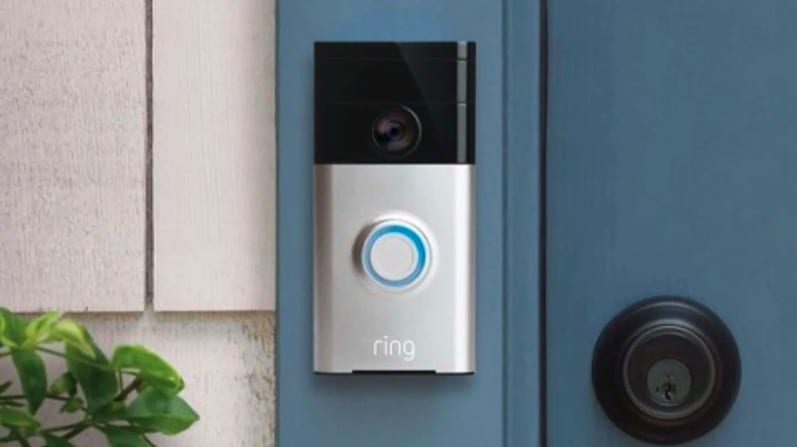



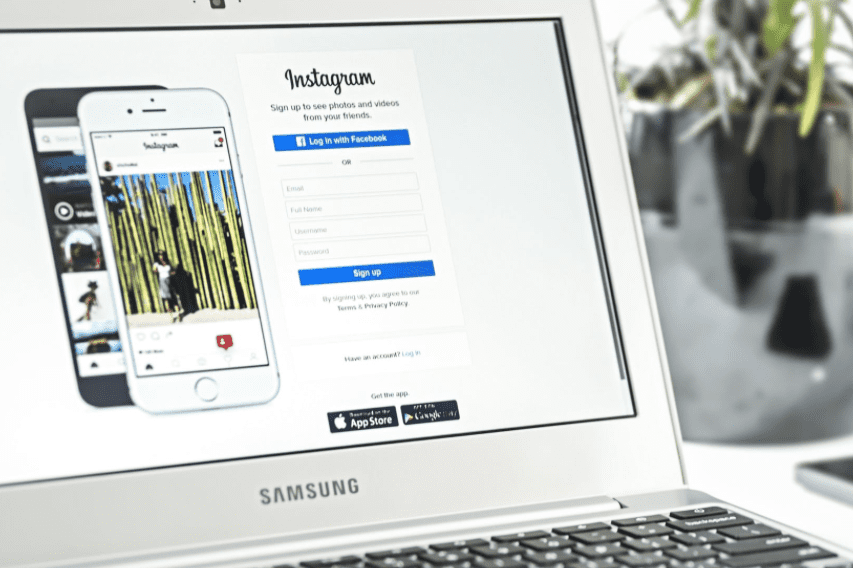


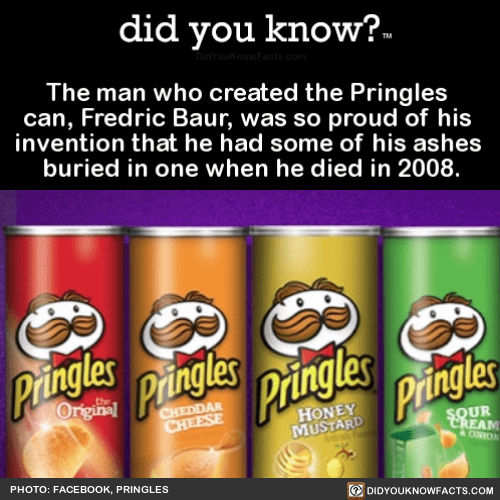
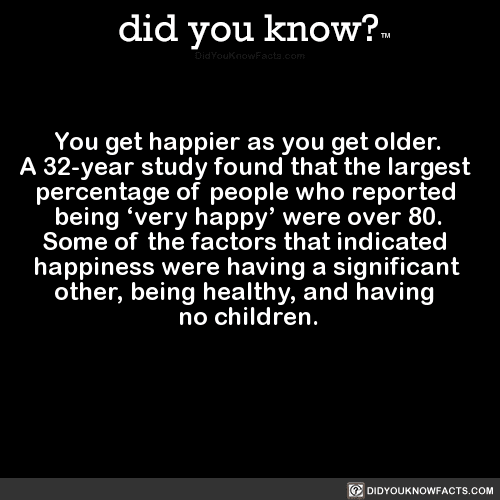


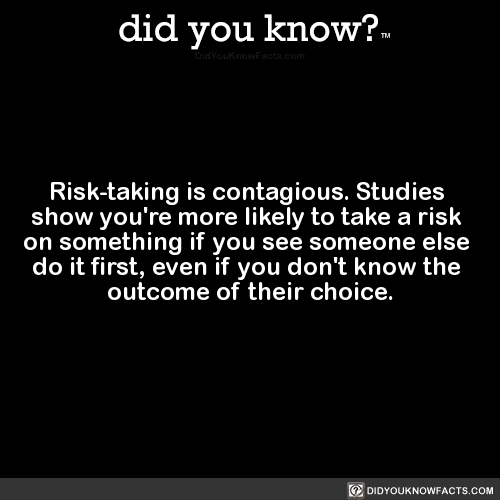
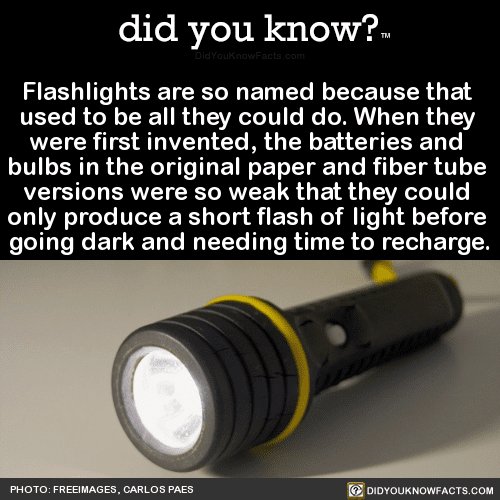
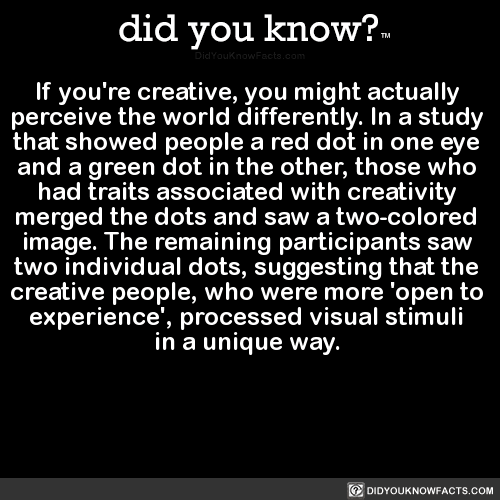

 ?
? ‘
‘ ????
???? ! Marker balls are large white, yellow, or red spheres to help with visibility of overhead lines for aviation safety and help protect our infrastructure. Check out this video to get a closer look. . #hawaiianelectric #mauielectric #hawaiielectriclight #powerlines #linemen #linecrew #markerballs #hawaiilinemen #hawaiilinecrew #superlinemen #linejunk #oahu #hawaii #maui #hawaiiisland #bigisland
! Marker balls are large white, yellow, or red spheres to help with visibility of overhead lines for aviation safety and help protect our infrastructure. Check out this video to get a closer look. . #hawaiianelectric #mauielectric #hawaiielectriclight #powerlines #linemen #linecrew #markerballs #hawaiilinemen #hawaiilinecrew #superlinemen #linejunk #oahu #hawaii #maui #hawaiiisland #bigisland
 The way we experience music would never be the same
The way we experience music would never be the same  #sonywalkman #40years #sony #walkman #cassetteculture #cassetteigclub #cassettestoreday #cassettecommunity #cassettecollector #tapeheads #tapes #cassettelove #
#sonywalkman #40years #sony #walkman #cassetteculture #cassetteigclub #cassettestoreday #cassettecommunity #cassettecollector #tapeheads #tapes #cassettelove #
